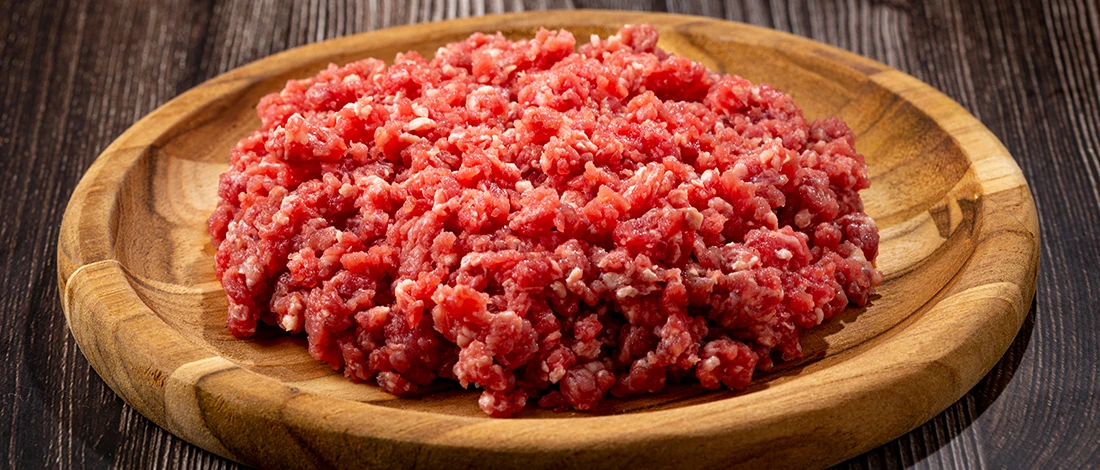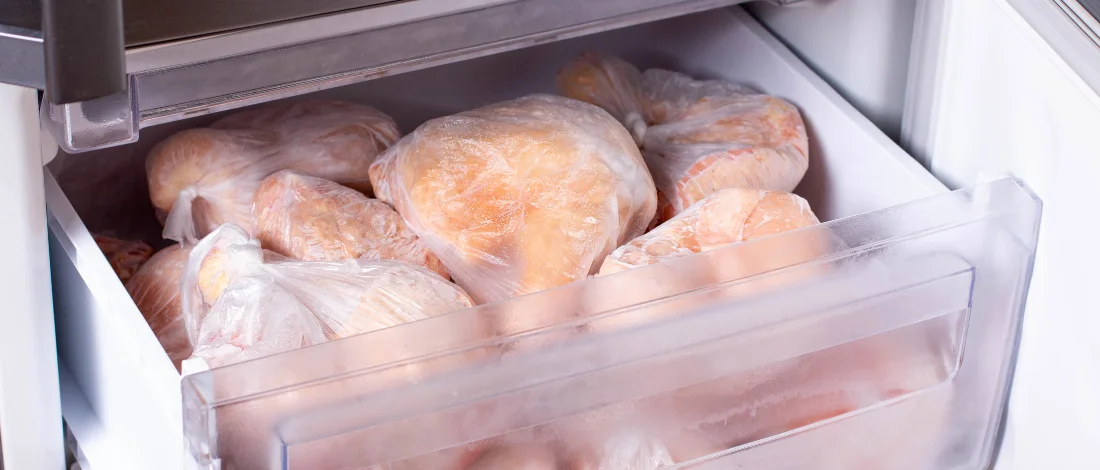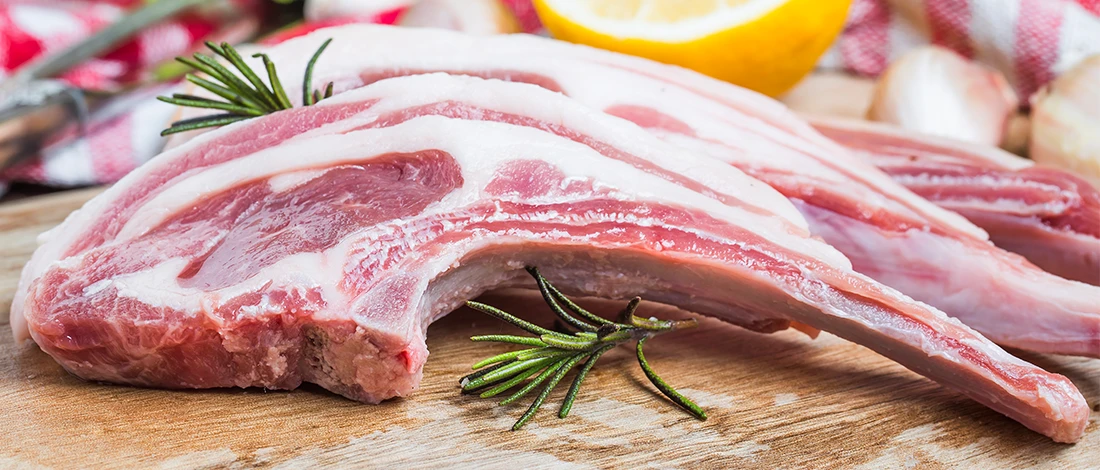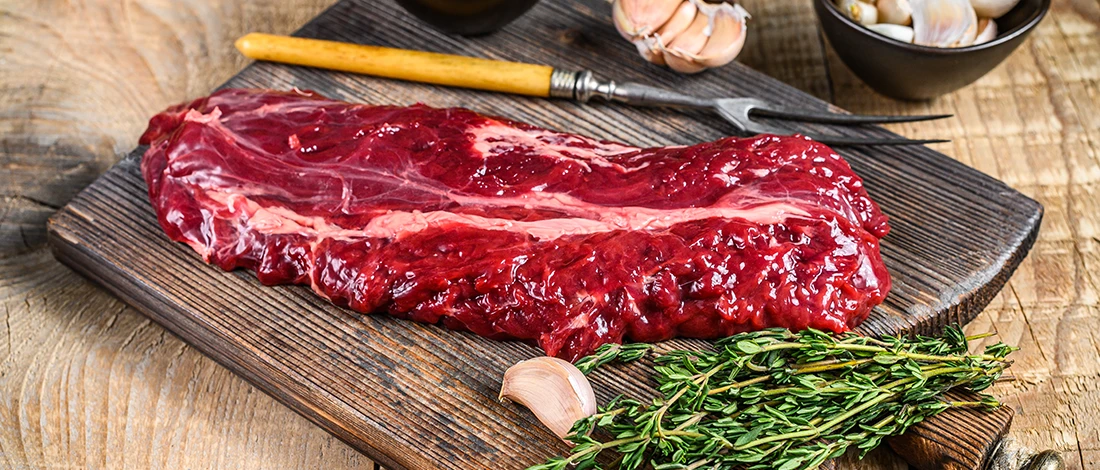As a dedicated carnivore, I plan my meals carefully because I eat a lot of meat. But sometimes, my plans don't work out, and I'm unable to use some meat that I've thawed out.
I was often in two minds about whether it was safe to refreeze that meat, and I knew I had to find a definite answer.
I have done a lot of research and compiled everything I discovered to show you when it is safe to refreeze and when it is not.
Quick Summary
- Yes, refreezing meat that you thawed in the refrigerator is safe.
- You should not refreeze meat that is warm to the touch.
- You can reduce freezer burn by double-wrapping meat.
When Can You Refreeze Meat?
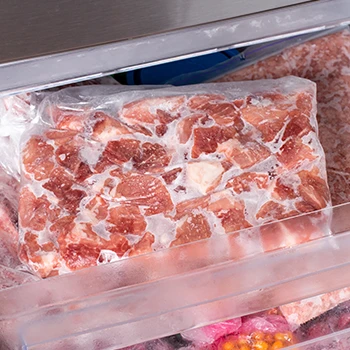
You can refreeze meat at a normal freezer temperature provided that it has been thawed in the refrigerator before that, says the U.S. Department of Agriculture (USDA) [1].
In this scenario, the meat has remained at a safe temperature, so bacteria should not have had much chance to grow.
Obviously, the longer the meat is refrigerated, the longer the microbes have to reproduce, so you should try to refreeze the meat as soon as possible.
I recommend refreezing if you have not had the opportunity to use the thawed meat within 48 hours of thawing.
If you purchase previously frozen meat, you can refreeze defrosted meat just like you would raw foods and fresh meat. Of course, cooking raw foods like poultry or ground beef immediately will result in the best quality meals.
However, it is perfectly safe to freeze previously cooked foods as long as they have not been left out for more than two hours.
"If raw or cooked food is thawed in the refrigerator, it is safe to refreeze it without cooking or heating, although there may be a loss of quality due to the moisture lost through thawing."
- USDA
When Refreezing Meat Is Not Safe
Just because it is possible to refreeze meat does not mean it is always safe. Note that the USDA requires meat to be thawed in the refrigerator to refreeze.
You should not refreeze any meat that was thawed in hot water or at room temperature.
This is because the temperature of the thawed meat will rise above 40 degrees Fahrenheit which the FDA refers to as the "Danger Zone [2]."
In the Danger Zone, microbes can reproduce extremely quickly, and the meat can rapidly become unsafe to eat.
Unfortunately, freezing meat with high bacteria levels does not kill the pathogens. So when you thaw meat for the second time, the microbes are still there to cause illness.
"Bacteria grow most rapidly in the range of temperatures between 40 ° and 140 °F, doubling in number in as little as 20 minutes. This range of temperatures is often called the "Danger Zone."
- USDA
Thus, you should throw away any frozen food thawed with hot water or at room temperature as you cannot refreeze it safely.
And if you are unsure of how your meal was thawed, it is always best to assume that it has been exposed to temperatures in the danger zone and discard it.
The Effects of Refreezing Meat
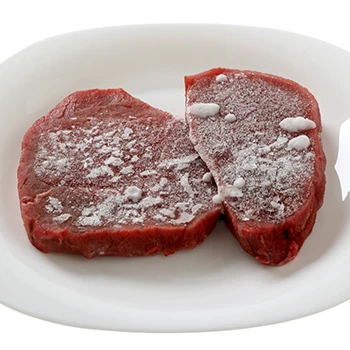
Although it is possible to refreeze refrigerated meat safely, there are some downsides to doing so. The most significant is the potential for changes in texture and flavor.
When frozen food is thawed and then refrozen, it can become dry and tough due to the oxidation of its proteins [3].
Add in moisture loss during the process, and you are left with a less-than-desirable product.
Additionally, cycling between previously frozen and unfrozen states may change the odor and color of the meat.
Although there is nothing unsafe about these changes, they may make the meat less palatable. It also does not change the nutrients or nutrition value of the chicken, steak, turkey, lamb, pork, or hamburgers.
These changes will occur in cooked meat just as much as in thawed food. So, although it is safe to freeze leftovers, storing meat or the unused portion of a meal this way may not lead to the best flavor.
This is particularly true when freezing meat like ground beef for too long, which can result in freezer burn.
Also Read: What Do Ice Crystals in Meat Signify?
Thawing Meat Properly
As you can tell, there is only one way that the USDA recommends thawing frozen meat: in the refrigerator.
It is best to plan ahead and allow your meal to slowly thaw out over time in the cold temperatures of the fridge.
You can use the microwave if you need to thaw out frozen meat more rapidly.
- Alternatively, you can place the meat in a plastic bag and hold it under running cold water.
- Both methods are safe as long as you immediately cook the meat. However, you cannot refreeze the meat after thawing it with either of these procedures.
- The one process that you should never use is leaving meat out on the kitchen counter at room temperature. This will bring your meat's temperature too high, and you have an unacceptable risk of becoming ill.
- Also, foods left out of the refrigerator for more than two hours should not be eaten or refrozen, regardless of how they were thawed.
Read More: How to Thaw Meat Fast?
Refreezing Raw Meat

How you refreeze raw meat will depend on its packaging. For example, if the thawed meat is already in a completely sealed package, you can place it into the part of your freezer with the lowest temperature.
However, if the meat is on a plastic tray or in a plastic bag, I recommend double wrapping the item before putting it back in your home freezer.
This adds another layer of protection against getting freezer burn.
To double-wrap, you can place the meat in a freezer-safe plastic bag and seal it tightly. Then, wrap that package with aluminum foil or freezer paper or put it in a freezer bag.
This will help ensure the meat is sealed off from air and cold temperatures, preserving its flavor and texture and avoiding freezer burn.
Related Articles:
FAQs
Why Should You Not Refreeze Thawed Meat?
You should not refreeze thawed meat because you will notice a loss of meat quality. The process can affect taste, color, and odor.
Additionally, the USDA warns against refreezing meat or cooked foods that have been thawed in hot water or at room temperature, as these methods increase your risk of food poisoning.
What Meats Can Be Thawed and Refrozen?
The USDA does not prohibit any meat from being thawed and refrozen. This means red meat, poultry, and fish can all be refrozen if it is thawed and handled properly. Likewise, cooked meat can be safely refrozen as well.
Can You Refreeze Meat Twice?
Yes, you can refreeze meat twice if it was thawed safely in the refrigerator and has not been sitting at room temperature or thawed with hot water. However, note that every time you refreeze meat, the frozen food will lose even more quality.
References:
- https://www.fsis.usda.gov/food-safety/safe-food-handling-and-preparation/food-safety-basics/freezing-and-food-safety

